Fluted Polypropylene (Celloplas / Correx) - An Introduction
Printing on Acrylic for Stunning Signage: Unveiling the Process and Environmental Considerations
In the realm of modern signage, acrylic has emerged as a popular choice due to its versatility, durability, and aesthetic appeal. Also known as plexiglass or Perspex, acrylic signage offers a sleek and professional look that captures attention. In this blog, we’ll delve into the process of printing on acrylic, explore the technique of flame edging, shed light on the environmental impacts of acrylic, touch upon safety considerations, and showcase its unique benefits.
Printing on Acrylic: The Process Unveiled Printing on acrylic involves a multi-step process that brings your signage to life with vibrant colors and sharp graphics. Here’s a breakdown of the steps:
Design Preparation: Begin by creating or adapting your design to suit the acrylic surface. Pay attention to color choices and use high-resolution images for optimal results.
UV Printing: Acrylic signage is typically printed using UV printing technology. UV ink is cured instantly using ultraviolet light, resulting in fast-drying, vivid prints that adhere well to the acrylic surface.
White Ink: When dealing with transparent or semi-transparent acrylic, using white ink is essential to ensure that colors remain vibrant and true to the original design. White ink serves as a base layer, allowing other colors to pop.
Flame Edging: Flame edging, also known as flame polishing, is a technique used to smooth the edges of acrylic sheets. By briefly exposing the edges to an open flame, the acrylic melts slightly, creating a polished and glossy finish.
Flame Edging
Flame Edging: Adding a Touch of Elegance Flame edging is a crucial step in the acrylic signage process. It enhances the appearance of the edges, making them smooth and glossy. This technique not only adds a touch of elegance but also improves safety by reducing the likelihood of sharp edges. The controlled flame application creates a polished finish that complements the overall aesthetic of the signage.
Environmental Impact of Acrylic: Navigating Sustainability
While acrylic offers numerous advantages, it’s important to consider its environmental impact. Acrylic is derived from petroleum-based materials, which raises concerns about its carbon footprint and contribution to plastic waste. However, there are steps that can be taken to mitigate these impacts:
- Recycling: Acrylic can be recycled, although the process is less common compared to other plastics. Encouraging recycling and supporting facilities that accept acrylic can help reduce its environmental footprint.
- Sustainable Alternatives: Consider using recycled acrylic or exploring bio-based alternatives that are derived from renewable resources.
Safety First: Using Acrylic for Signage
When it comes to safety, acrylic signage has several advantages. Unlike glass, acrylic is shatter-resistant, reducing the risk of accidents. However, proper handling is essential to prevent scratches and cracks. Ensure that your signage is securely mounted to prevent falling and potential injuries.
Associated Products:
Conclusion
In conclusion, acrylic signage, also known as plexiglass or Perspex, is a versatile and visually appealing option for modern signage needs. Through UV printing and the use of white ink, vibrant and eye-catching designs come to life on acrylic surfaces. Flame edging adds an elegant touch and contributes to safety by smoothing out edges. While the environmental impact of acrylic is a concern, choosing sustainable practices and materials can help mitigate its effects. When using acrylic for signage, prioritizing safety measures ensures that your displays remain both captivating and secure.
If you have any questions about Printed Acrylic (Perspec / Plexiglass) it is best to speak to a real human about this...
Call us on 0330 380 0172
Take care everyone and I hope this was useful!


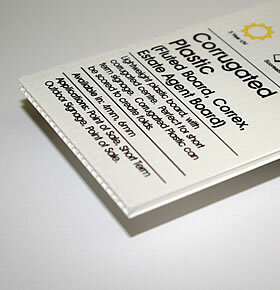
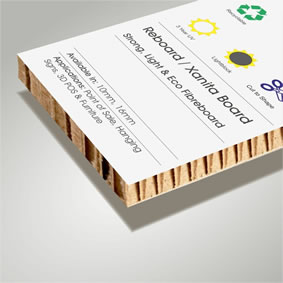

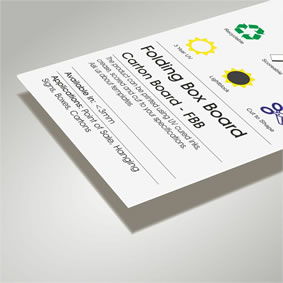
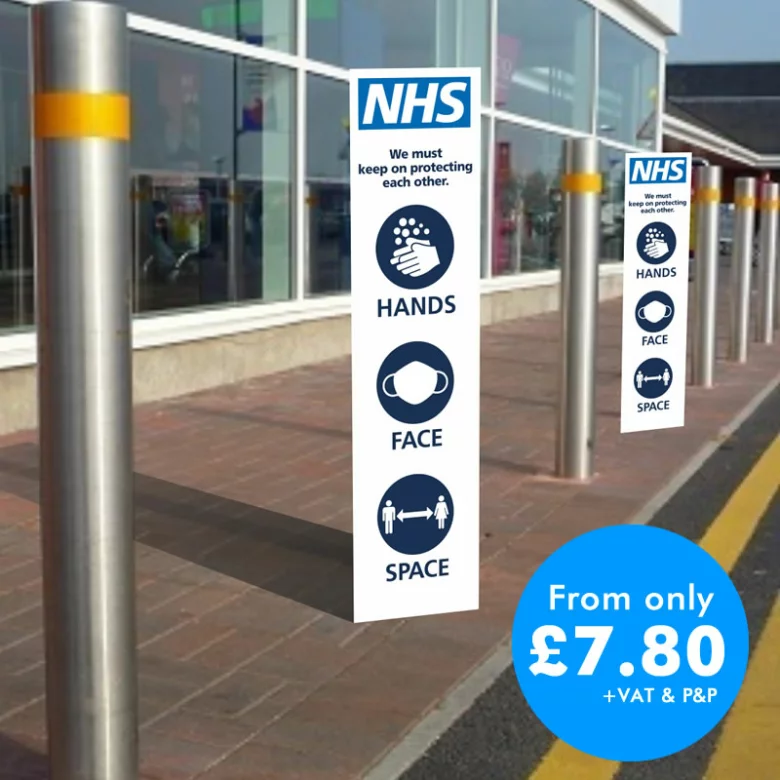

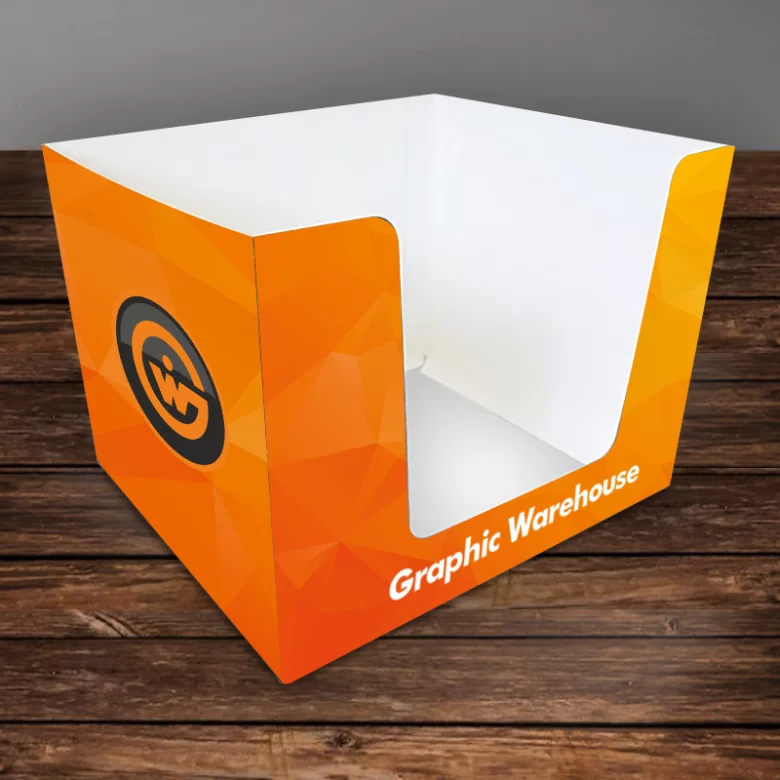


Please login to post a comment.